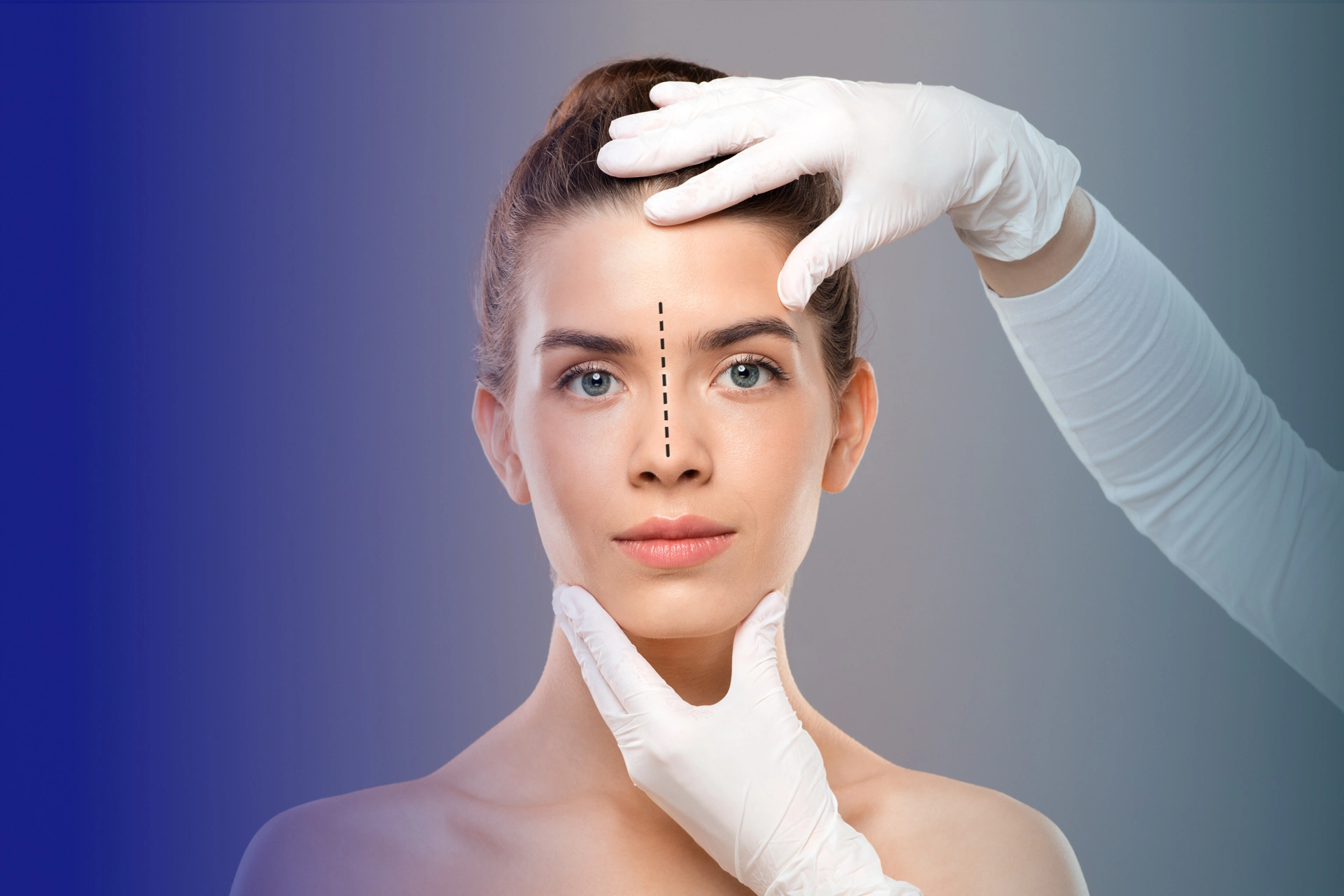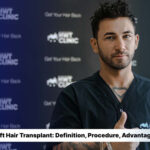
Table Of Content
Rhinoplasty is the scientific name given to cosmetic surgery around the nose area. The procedure itself is commonly known as a ‘nose job’ and the first recorded rhinoplasty surgery was recorded around 2,500 years ago. Today, it is one of the most commonly performed form of plastic surgery, narrowly beating breast augmentation, liposuction and eyelid surgery. In simple terms, the rhinoplasty procedure involves taking cartilage and skin from elsewhere on the body and using it to make the patient’s nose longer, or to reconstruct it in the case of an accident or injury. Cartilage is often taken from the ear or rib area.
As mentioned above, rhinoplasty for men and women is often used when the patient is dissatisfied with the shape or length of his or her nose and wants to change its appearance. Rhinoplasty surgery is often done to help a person’s self-confidence if they are anxious about their facial features. You can also opt for rhinoplasty to correct more minor defects, such as humps, divots or setting straight a crooked nose.
When considering the question, ‘what is rhinoplasty and who is it suitable for?’, the surgery is also carried out in certain cancer cases affecting the facial area and for patients with birth defects or congenital maldevelopment that is causing them difficulties in breathing, such as a deviated septum that is obstructing airflow. It can also be used following an accident or injury to restore a damaged nose’s previous shape or to reconstruct it to allow it to perform its normal functions. Finally, it can be used to correct previously botched surgery.
As with any form of cosmetic surgery, the better health that you are in, the better candidate you will make for the procedure you have expressed an interest in. You should be of an average weight and be as physically fit as possible as the surgery and recovery periods can be arduous if you are already unfit or physically ill. If you have a pre-existing medical condition, you should seek professional advice ahead of any surgical consultations. Your surgeon might advise waiting until you can get your condition as under control as possible before agreeing to perform the rhinoplasty. As a general rule, rhinoplasty surgery is not offered to people under the age of 18 as their noses are still developing and changing in looks.
You should also carry out plenty of research so that you arrive at the clinic or hospital fully informed. This includes what the procedure involves, what you can reasonably expect the finished outcome to look and feel like, what the associated risks are for your individual circumstances and any alternative treatments that you may wish to consider as well as, or instead of your rhinoplasty surgery. You should also research your chosen surgeon carefully to make sure that he or she is qualified and experienced in their work. Finally, make sure that you can either afford the procedure and any follow-up appointments or medication you may need, or that it is covered by your medical insurance.
The surgeon will meet with his or her patient several times ahead of the actual surgery to discuss the patient’s needs and hopes for the procedure, to decide on the new shape and size of the nose and to go through the associated risks and safety precautions to prevent anything untoward happening during or after the surgery that might impede recovery. The surgeon carries out a full analysis of the patient’s nose and facial features to ascertain all required details of aesthetics and functionality. If necessary, alternative treatments are discussed that could complement or replace the rhinoplasty, and financial turkey hair transplant cost and/or insurance arrangements are agreed.
These days, there are several sophisticated tools that allow the surgeon to demonstrate how the new nose will look, with astonishing accuracy and detail. A commonly used tool is digital imaging software, which takes digital photos of the patient’s nose from every angle and then constructs the image of the new nose around it to give them a really close idea of how their new nose will be constructed.
Rhinoplasty surgery is done under general anaesthetic to make the patient comfortable and maximise the chances of a successful procedure. The nose is reshaped by separating the main skeletal framework from the covering skin and inner lining, which is known as the mucosa. The framework is then reshaped by cutting away excess cartilage and repositioning the rest, or adding additional cartilage to achieve the desired shape and size. Extra cartilage is harvested from another area on the body, such as the ear or rib area and skin from the forehead or somewhere similar.
After the nose is in the right position and has been shaped as the patient requires, the skin and mucosa are reattached. The nose is splinted into position and bandaged to allow it to heal. The patient comes round from the anaesthetic and given careful after-care instructions to maximise the chances of a swift and painless healing process. Follow-up consultations are booked for the surgeon to check on progress and address any concerns the patient may have.
Choosing an excellent, fully qualified surgeon is vital when considering a rhinoplasty procedure as it can be a tricky operation and the best results can only be gained from someone experienced in the field of plastic surgery. Below-par surgery can lead to permanent deformities, so this is very important. The nasal cavities are narrow and easily damaged by an inept hand. Equally important, however, is the fact that no nose jobs will ever return a 100% perfect result – although an accomplished surgeon will be able to come extremely close to that. You should choose to work with someone whom you trust to do a good job, and who is happy to talk you through the whole procedure in advance, answering questions and helping you feel comfortable from start to finish.
Remember that there is no ‘one size’ nose that suits everyone, so what looks great on a celebrity or friend may not have the same effect on you. Follow your surgeon’s advice when it comes to choosing the shape and size of your new nose. It should look natural on your face and balance well with your other facial features. Scarring is usually minimal, if not invisible. All things going well, you should be able to expect a favourable outcome, so long as you have firm cartilage in good condition, overall good health and forgiving skin. Plus patience to take the rhinoplasty recovery seriously and allow yourself enough time to heal.
Rhinoplasty is an invasive procedure that involves cutting into your nose to reshape or resize the area. It therefore carries a number of risks related to having surgery. Your surgeon will go through the possible side effects with you, but some people have reported areas of permanent or temporary numbness around the nose afterwards, as well as pain, discolouration or swelling that persists longer than expected, scarring or the possibility of an uneven nose.
All of these things should be carefully monitored by your surgeon as part of your after-care provision and you should report any concerns or significant changes to them straight away. Keep your nose area really clean during recovery to significantly lower the risk of post-surgical infection.
The healing process can take up to a year to complete, so it is very important to take things slowly and be patient. Returning to too active a lifestyle too quickly can bring about the risk of knocking or damaging your healing nose, leading to pain and the possible need to redo the surgery. While you may be able to see the new shape of your nose more or less straight away, the internal scarring and cartilage and/or bone structure will take longer to settle. The first few days are when you need to take the most care while the initial swelling goes down.
Taking care of your health overall will also help you heal more effectively. Eat well, keep hydrated and do not smoke, as this can impede recovery. Ask your doctor about taking medication with blood thinning properties, such as Ibuprofen or aspirin, during your recovery period as these can increase the likelihood of bleeding for longer periods.




